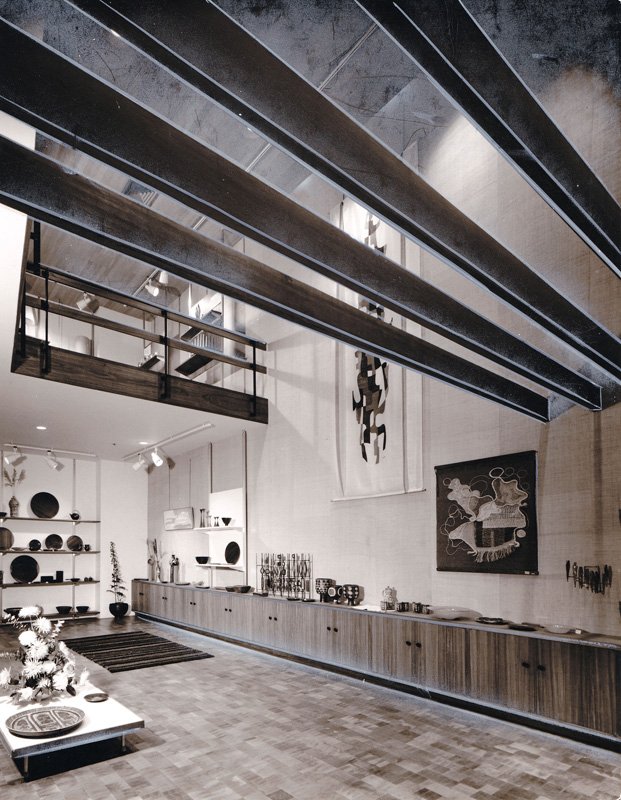from The Magazine ANTIQUES, September/October 2012 | “When I met Frank Horton and saw the Museum of Early Southern Decorative Arts in 1976, I put down the Confederate flag and picked up a chair leg. How much better to see the South through its art, to understand its identity through its achievements rather than through the sacrifice of war. Here …
Mastering the old masters: Paul Cadmus
from The Magazine ANTIQUES, July/August 2012 | It is one of the platitudes of recent culture, certainly since the 1960s, that the function of art is to challenge and provoke the public and the powers that be. For the record, art does not need to be challenging: it needs to be good, although it occasionally attains both goals and more …
Right place, right time: The Grigson-Didier house in New Orleans
To understand the world of James Donald Didier you should pay attention to his silence
Winslow Homer’s The Life Line: A Narrative of gender and modernity
from The Magazine ANTIQUES, September/October 2012 | Bringing a suspenseful story of danger and heroic rescue to an audience that never seems to tire of courageous knights and fainting maidens, Winslow Homer’s The Life Line (Fig.1) has been popular since the day it was completed in 1884. Homer’s themes of human frailty, bravery, and romance in the context of the overwhelming power …
A Rainy Day: Frank W. Benson’s Maine Interiors
from The Magazine ANTIQUES, July/August 2012 | By the time Frank Weston Benson discovered Maine’s North Haven Island in 1900, his career was flourishing. He had been longing for a retreat where he could paint undisturbed for more than a decade. Following his return home to Massachusetts in 1885 from two years at the Académie Julian in Paris, Benson quickly gained notice. …
Sparkle Plenty
from The Magazine ANTIQUES, July/August 2012 | Tinsel paintings are reverse paintings on glass with crinkled, embossed, or smooth metallic foil applied behind translucent and unpainted areas. The effect is one of shimmering highlights when caught in the reflection of candle- or gaslight. The use of other reflective materials such as mother-of-pearl led to tinsel paintings sometimes being called Oriental, crystal, or …
The (America) House that Mrs. Webb Built
Aileen Osborn Webb (Mrs. Vanderbilt Webb) came from a family of art patrons
The chateau of Bouges in France
By MADELEINE JARRY; from The Magazine ANTIQUES, January 1980. The charming village of Bouges is situated in the center of France, between Chateauroux and Valencay. Grouped around the chateau in the village are several low houses with slate roofs, where those who once served the chatelains lived. The last private owners of the chateau, M. and Mme. Henry Viguier, gave …
Folk art rising
from The Magazine ANTIQUES, July/August 2012 | Although the American Folk Art Museum received a great deal of press attention upon the closing of its award-winning building on Fifty-Third Street last year, the really big story was to be found in its immediate resurgence. Beginning with the hugely successful red and white quilt show at the Park Avenue Armory and …
Southern California modernism engages colonial New England
from The Magazine ANTIQUES, July/August 2012 | An advertisement placed by the Los Angeles department store Barker Brothers in the Los Angeles Times on November 13, 1929, records the earliest appearance of Porter Blanchard’s Commonwealth pattern, the first American flatware pattern to embrace modernism in both form and ornament (Fig. 3). Nine months later Barker Brothers featured Commonwealth again, in …


